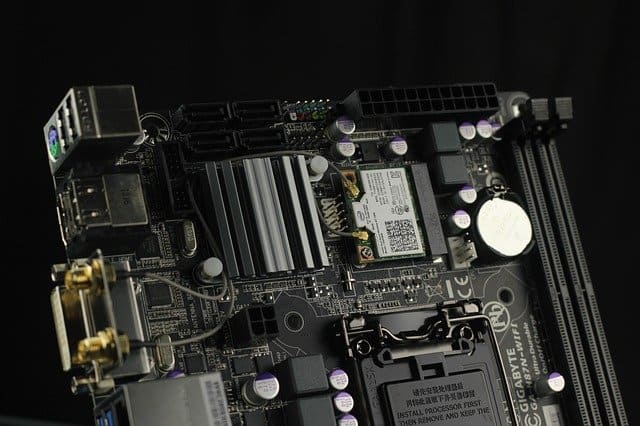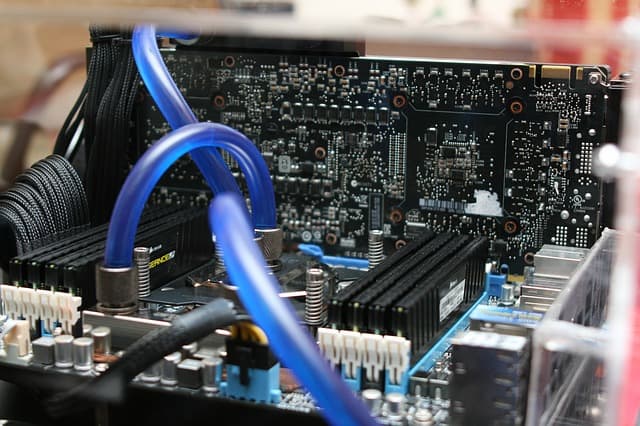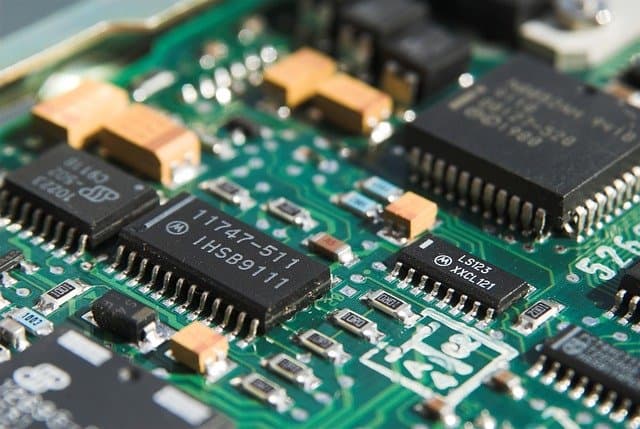How to Choose a Motherboard
Despite that the RAM, graphics card, and processor will directly affect YOUR PC’s performance, a motherboard will influence the gadgets you can install and run on your computer.
Motherboard performance, in addition to the Wireless PC Controller quality, will affect your gaming experience. This post will assist you to choose your ultimate motherboard for the great gaming PC you need to build.
Step by Step Guide on How To Choose A Motherboard
For example, Hardware fitting, a key aspect to consider while building your gaming PC is dependent on your motherboard structure and technology.

1. Form Factor
A motherboard’s form factor denotes ITS numbers and layout of connectors, ports, and mounting holes, kind of power supply, dimensions, and shape.
For example, the standard form factors require that the motherboard parts are fitting over varied technology groups and vendors.
Therefore, consider the type of case you’ll be using for the motherboard to decide on the one to purchase. Check Also: i5 7600k motherboard.
However, if you already have a case that you require to employ in the PC build, then determine the motherboard specifications, one with a similar form factor, which will fit into it.
Most current computers employ the ATX (microATX form factor) or the full ATX (ATX form factor).
You should note that the microATX mobos are fitting with both the ATX case and the microATX case. However, your ATX will only be fitting with the ATX case.
However, be keen to note the nonstandard features of motherboards that will not fit into any of the other cases.
2. Processor Socket type
A Processor socket, in the current mobos, is the part that connects your motherboard and the processor.
If you’ve been keen on the CPU interiors, your processor comes with many pins that will fit into the processor socket and the corresponding holes.
Notably:
Most processor sockets today employ the ZIF lever in safeguarding your processor in its socket.
So, how do you know your processor socket type? It’s easy to see the processor socket by determining the motherboard records and instructions.
Therefore, view the model number of the motherboard over the internet, on the socket (first eject the processor cooler), or by running the diagnostic utility tools.
Yes! In considering the Intel Socket 775, you’ll note that the manufacture reversed the female socket and the male processor outline by placing the holes in the processor while the pins are placed in the socket.
But is there an exception? Determine the processor that will fit into the i5 6600k motherboard.
3. Operating system appropriate
Maybe you need to use the motherboard to run UNIX, BSD or Linux, or other operating systems other than Windows?
Then, you should consider the motherboard’s fitting with such other operating systems.
In this case, check the motherboards instructions or guide or the manufactures website to know its fitting status.
Read Also: Bullet Journal Notebook Reviewed
4. RAM support
RAM is an important part of your CPU build. Despite that the processor directly affects the CPU functioning, the RAM enhances its operations.
Considerably, DDR3 is a favorable RAM you can get and you’ll need to ensure it is supported by your selected motherboard. Notably, DDR4 RAM will come with 240-Pin Connectors while DDR4 will utilize 288-Pin Connectors.
Further, you must consider the form factor as it’ll determine the number of RAM slots available on the motherboard. Also, check whether the motherboard supports dual channel DDR that enables you to increase the PC’s performance for gaming.
For instance, many motherboards can currently support the 4GB RAM, and DDR2 rising as very common due to its low cost and good speed.
Check Also: i7 6700 (non-K) motherboard
5. Storage and SATA support
Probably you already know that SATA outdoes IDE on both compactness, price, and transfer speeds. However, SATA has not fully outdone IDE and thus many motherboards will have both connections.
Therefore, if you’ll be moving the drives to your build, then make sure that the motherboard supports both the IDE and SATA connections.
- Further, most notebooks and motherboards will come with M.2 that provides a small form factors and quick transfer rates.
- However, if your motherboard will not support SATA (at least for your old motherboard) you can use the commercially available SATA expansion cards.
6. Chipset support
Note that you’ll not replace the chipset (your PC’s “administrative assistant”) on your motherboard at any time and thus you have to get your motherboard selection right the first time.
Notably, the chipset will affect the kind of memory, PCI/AGP Express, and processors that your motherboard will support and the kind.
Further, the CPU chipset will influence the type of networking, video, audio, Serial ATA, and USB 2.0 you may be used.
7. Expansion Slots.
You must consider if the motherboard’s expansion slots will support Firewire or it has adequate for present and upcoming needs.
Further, how many USB slots will you require and how many are available? PCI Express (PCIe) and PCI are the popular expansion systems available.
Read Also: Laptop Tablet Combo Reviewed
8. RAID Support
RAID allows the grouping hard drives to increase data access speed and boost fault tolerance.
Despite that most motherboard will come with RAID Support, you should be keen to ensure the feature is available on your new motherboard.
Conclusion
While scouting a great gaming motherboard, consider the above critical and performance. Also, remember to consider on-board features such as video and audio integration features.





